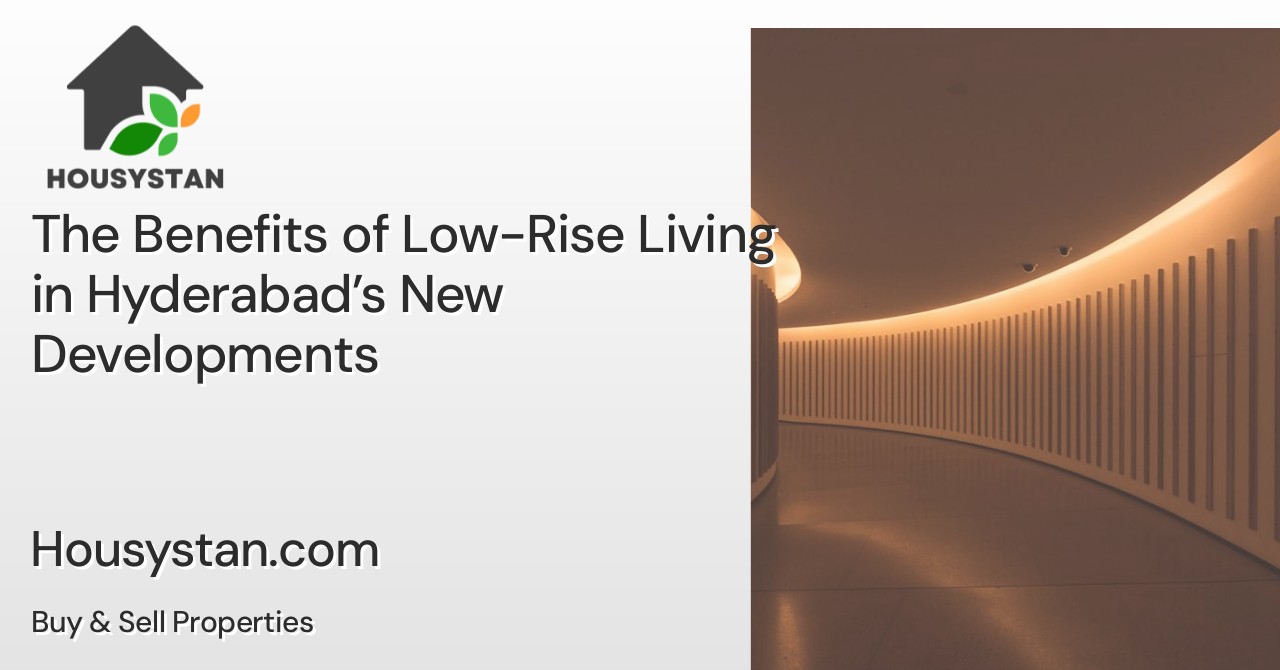The Benefits of Low-Rise Living in Hyderabad’s New Developments
Read latest blogs and articles from Housystan

The Information mentioned here was last updated on:
21/12/2025The Benefits of Low-Rise Living in Hyderabad’s New Developments
Hyderabad, a vibrant city blending tradition with innovation, is experiencing a surge in low-rise residential projects. These new developments are attracting individuals and families seeking a balanced lifestyle in one of India’s fastest-growing urban areas. The advantages of low-rise living in Hyderabad are compelling, making it an ideal choice for both homebuyers and investors interested in quality, comfort, and community.
One of the primary benefits of low-rise living in Hyderabad is enhanced privacy and tranquility. Unlike high-rise complexes, low-rise communities typically feature fewer units per building, resulting in less noise and greater personal space. This environment is perfect for those craving a peaceful retreat within the city, away from the constant hustle yet conveniently close to major hubs like Gachibowli, Hitec City, and Banjara Hills.
- Verified Tenants/Buyers
- Unlimited Property Listing
- Zero subscription/charges fee
Accessibility is another significant advantage. Low-rise residences in Hyderabad’s new developments often come with easy access to parking, landscaped gardens, and recreation amenities. Residents enjoy the convenience of direct entry to their homes, eliminating the need for lengthy elevator rides or long walks through expansive corridors. This is especially beneficial for families with young children, elderly members, or anyone who values daily convenience.
Low-rise communities foster a strong sense of neighborhood. With fewer residents, it's easier to form connections and participate in community activities. Many new low-rise projects in Hyderabad incorporate shared spaces such as clubhouses, parks, and play areas that encourage social interaction. This blend of community spirit and privacy makes these developments highly sought after in locations like Kondapur, Narsingi, and Miyapur.
From an investment perspective, low-rise homes in Hyderabad are witnessing growing demand due to their better land utilization, lower maintenance costs, and premium ambiance. Builders are integrating modern architecture with eco-friendly features, enhancing the overall lifestyle experience. Proximity to top educational institutions, tech parks, healthcare centers, and shopping destinations further increases the value of these properties.
Choosing low-rise living in Hyderabad’s emerging neighborhoods offers a harmonious blend of exclusivity, convenience, and connectivity. Whether you seek a serene environment or a smart investment, low-rise developments are setting new benchmarks in residential living across Hyderabad’s most desirable zones.